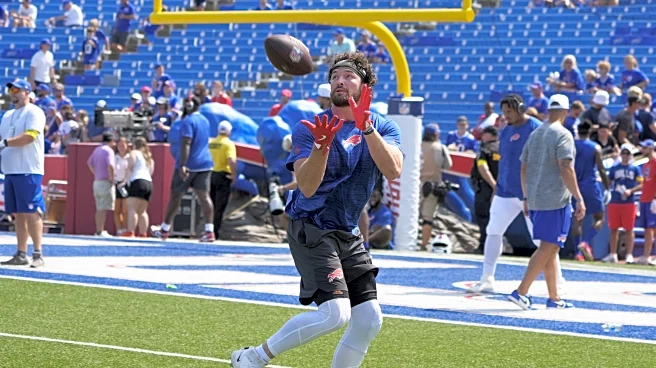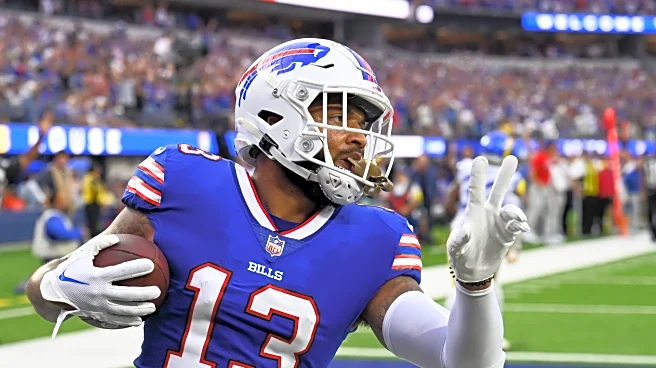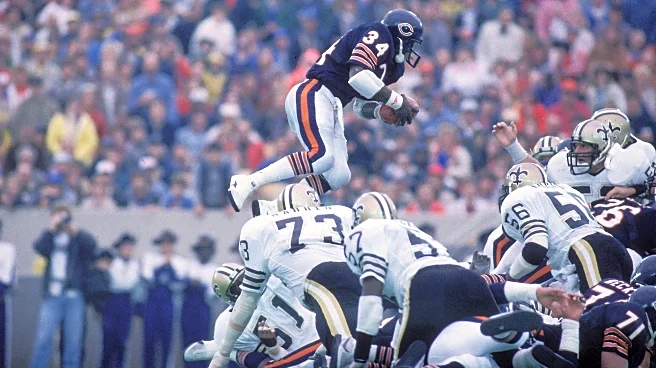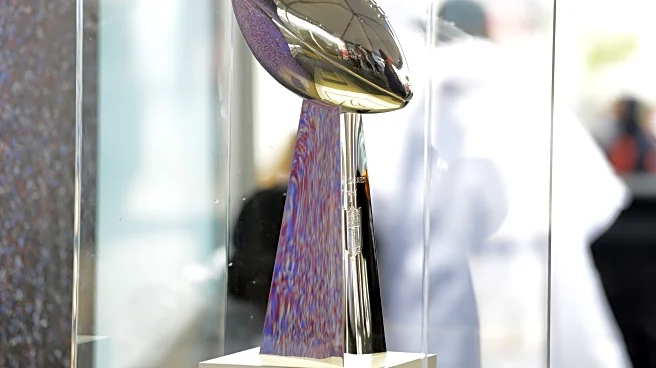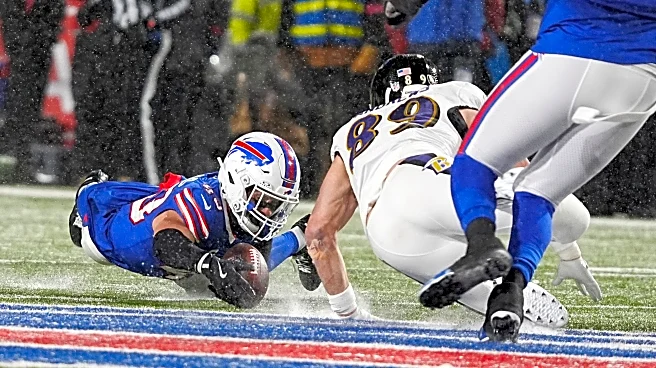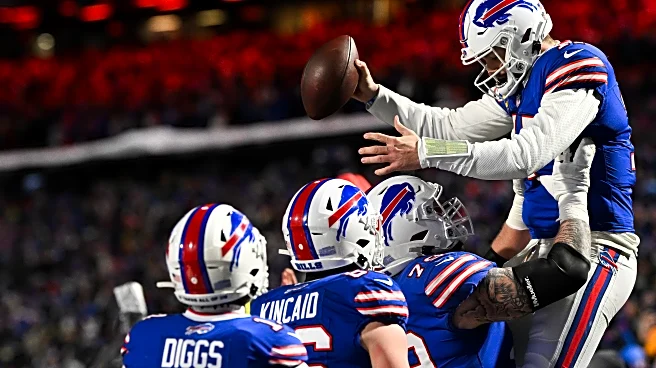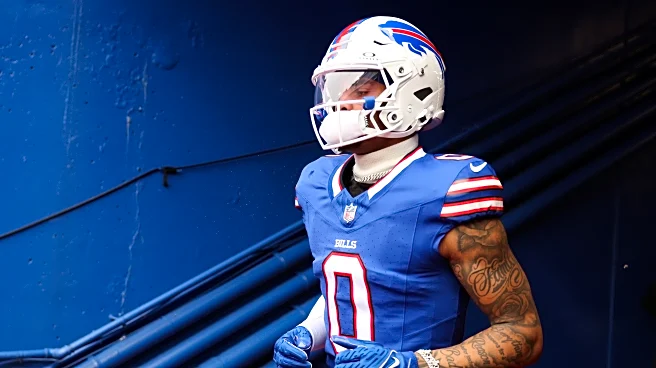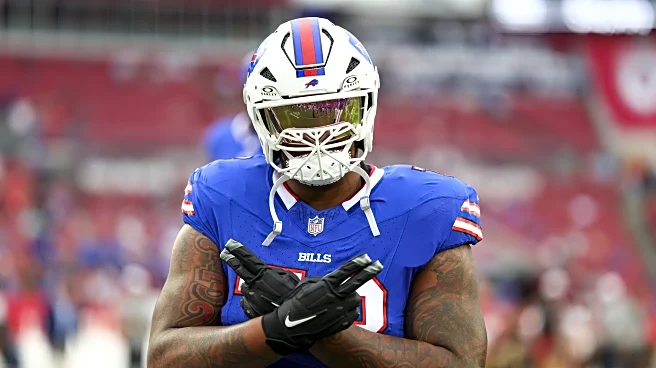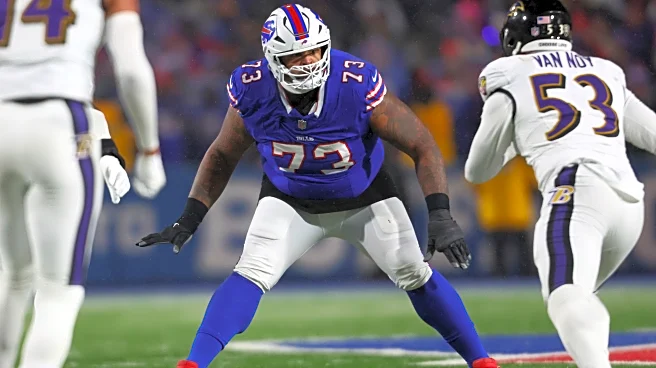
The Buffalo Bills have two solid tight ends. They potentially have a third, as well, as they added a late-round player this spring to replace the departed Quintin Morris. For many teams, that’s two more solid tight ends than they need; however, the Bills under offensive coordinator Joe Brady have used two tight ends sets with fairly great frequency.
Both of the Bills’ top two players on the depth chart at the position handled over 40% of the team’s total offensive snaps. That’s even taking an injury
for one player into consideration, an injury that led to the second tight end on the depth chart taking the lion’s share of the snaps.
For how long can the Bills keep their tight end grouping together? In our latest edition of “90 players in 90 days,” we discuss one of the two top dogs on the depth chart.
_____________________________________________________________________________
Name: Dawson Knox
Number: 88
Position: TE
Height/Weight: 6’4” 254 lbs.
Age: 28 (29 on 11/14/2025)
Experience/Draft: 7; selected by Buffalo in the third round (No. 96 overall) of the 2019 NFL Draft
College: Mississippi
Acquired: Third-round draft choice
Financial situation (per Spotrac): Knox enters the second year of his three-year extension that he signed before last season began. That contract is worth $29.5 million overall. For this season, Knox’s cap hit is $14.568 million. If the Bills release him, they’ll carry a dead cap charge of $21.472 million.
2024 Recap: Knox slotted in as the second tight end in name only last season, as he ended up the team’s top tight end in terms of overall snap share. That’s mostly due to the knee injury suffered by Dalton Kincaid in the middle of the season. Knox played in 16 of the Bills’ games, making 13 starts. He appeared on nearly 57% of the team’s offensive snaps compared to Kincaid’s 43%. Even with that disparity in snap share, Knox still saw significantly fewer targets than Kincaid did, as the second-year man was still second on the team in targets in spite of the time he missed. Knox saw just 33 targets on the season, a career-low number. He caught 22 passes for 311 yards and a score. In the postseason, Knox was targeted six times, catching four passes for 45 yards in three games.
Positional outlook: Knox and Kincaid are joined by a new face on the roster, as rookie Jackson Hawes replaces Quintin Morris as the third-string tight end.
2025 Offseason: Knox is healthy after starting training camp on the non-football injury list with a hamstring injury. He should be ready to roll in Week One.
2025 Season outlook: Knox is a solid contributor to the team as a whole, even though his contract and his production don’t match. Given the investment the team made in Kincaid by drafting him in the first round, it’s hard to see both players sticking around together for much longer. Knox’s dead cap figure drops to a touch over $7 million net season, and the Bills would save $10 million on the salary cap by releasing him after this year ends. Unless they agree to some sort of extension that spreads his cap number out significantly, I imagine that’s what the Bills will do. There just aren’t enough tight end targets to justify paying the second guy on the depth chart as much as they are paying Knox.
For this season, however, I would imagine that his numbers will look very similar to the lines he’s put up over the last two seasons. Since Kincaid arrived, Knox has totaled 69 targets, 44 catches, 497 yards, and three touchdowns across two seasons and 28 games. He’s caught a total of six passes for 59 yards and a score on nine targets in the playoffs in the last two seasons. Those are fine numbers for a second tight end, but not one that has the third-highest cap number on the team. Unless something changes with his contract, this is likely Knox’s last go-round with Buffalo.
